Optimal Timing for Landscape Drainage
Proper timing for landscape drainages ensures optimal effectiveness and longevity. The best time to install or upgrade drainage systems typically depends on weather conditions, soil moisture levels, and project scope. Generally, late spring and early fall are ideal periods, as soil is moist but not overly saturated, allowing for better installation and settling.
Spring offers moderate soil moisture and longer daylight hours, making it suitable for drainage work before summer heat sets in.
Early fall provides cooler temperatures and consistent moisture, reducing stress on landscaping during installation.
High summer temperatures and dry soil conditions can hinder installation and affect drainage performance.
Timing after rainy seasons allows assessment of existing drainage issues and planning for improvements.
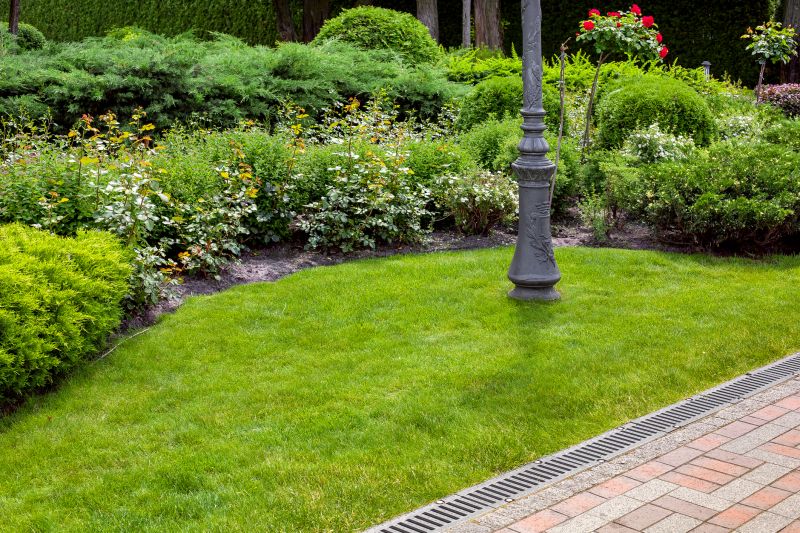
Landscape drainage installation in optimal weather conditions enhances performance.

Preparing soil during moist conditions ensures better trenching and system placement.
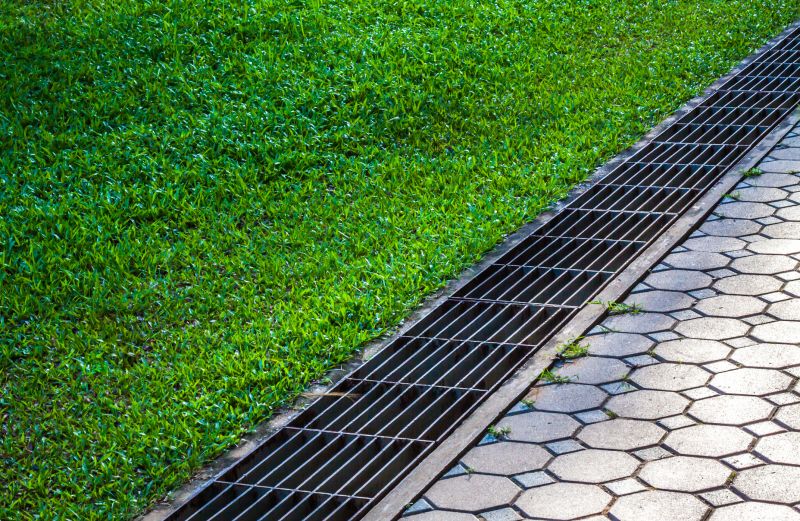
Designing drainage systems suited to seasonal weather patterns improves longevity.
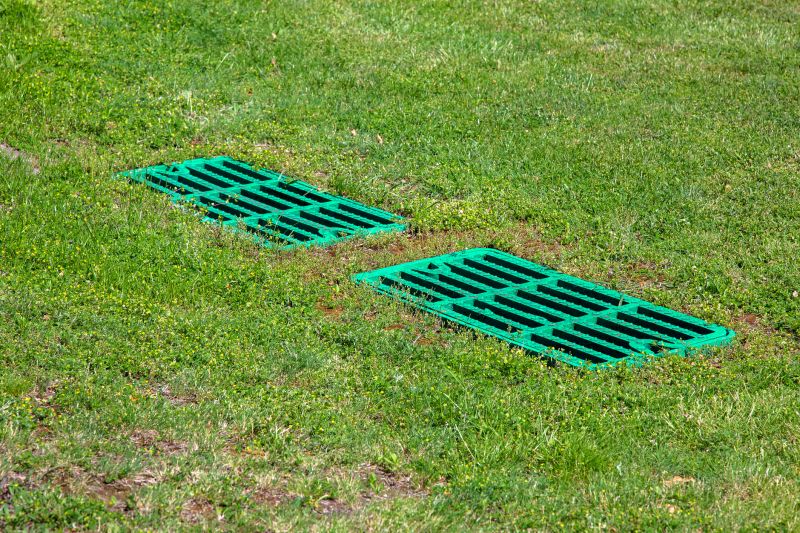
Ways to make Landscape Drainages work in tight or awkward layouts.

Popular materials for Landscape Drainages and why they hold up over time.
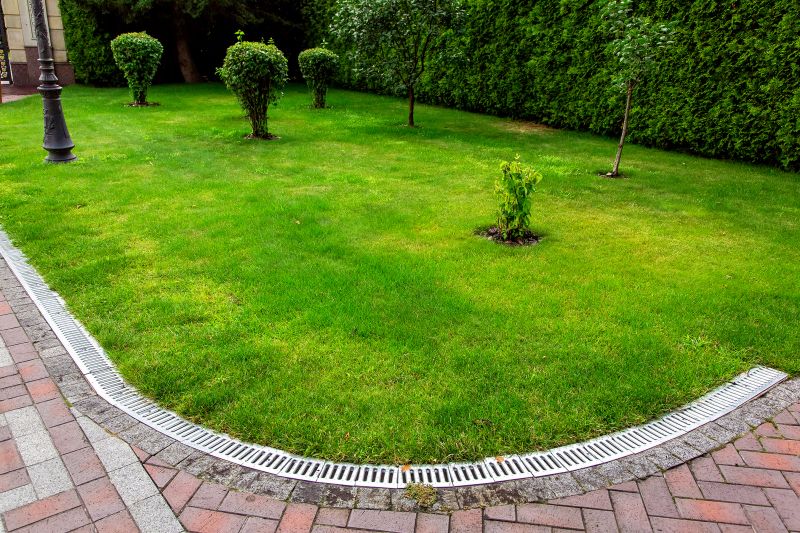
Simple add-ons that improve Landscape Drainages without blowing the budget.
| Season | Ideal Conditions |
|---|---|
| Spring | Moderate soil moisture, longer days, early planting window |
| Summer | Hot, dry conditions, not recommended for installation |
| Fall | Cooler temperatures, consistent moisture, ideal for work |
| Winter | Frozen ground, generally unsuitable for installation |
Landscape drainages are essential for managing water flow and preventing erosion in outdoor spaces. Proper drainage systems help protect foundations, reduce water pooling, and maintain landscape integrity. They can include various components such as trenches, pipes, catch basins, and grading techniques designed to direct excess water away from structures and landscaped areas. Effective drainage not only preserves the aesthetic appeal but also extends the lifespan of landscaping investments.
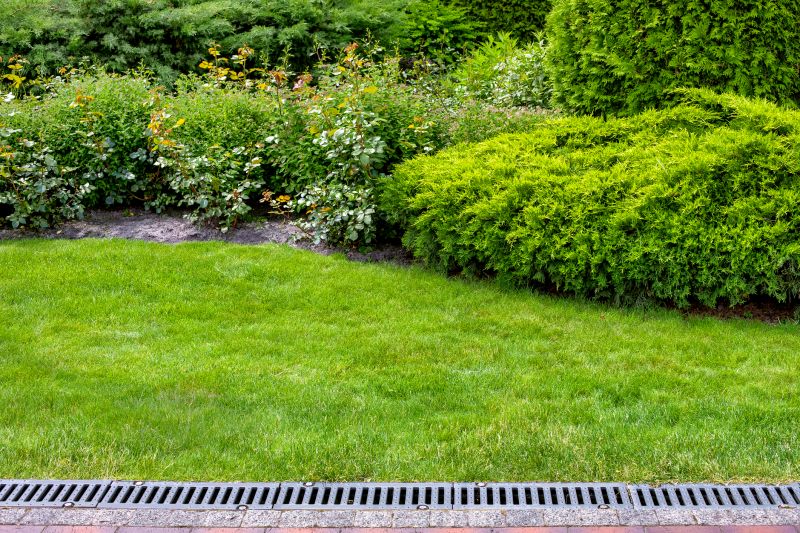
Various elements work together to ensure proper water flow.
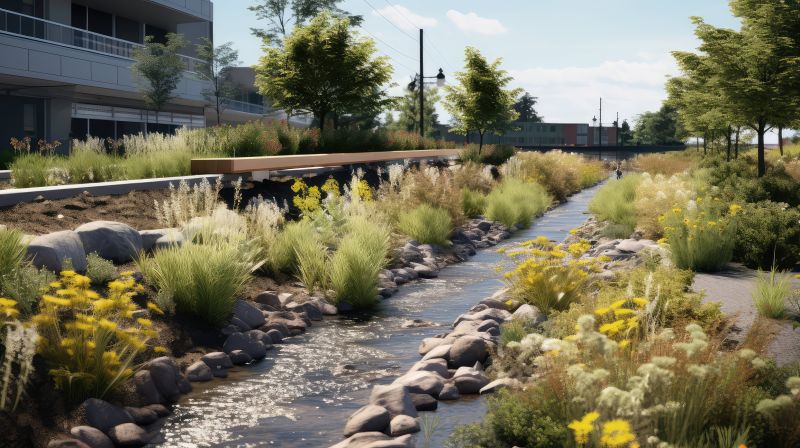
Proper grading directs water away from structures.

Catch basins collect surface water for proper drainage.
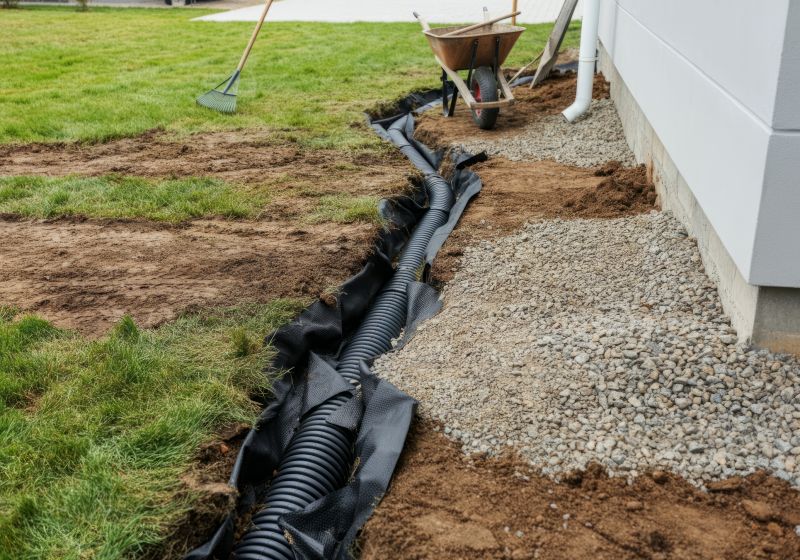
Proper pipe placement ensures effective water removal.

High-end options that actually feel worth it for Landscape Drainages.

Finishes and colors that play nicely with Landscape Drainages.

Little measurements that prevent headaches on Landscape Drainages day.

A 60-second routine that keeps Landscape Drainages looking new.
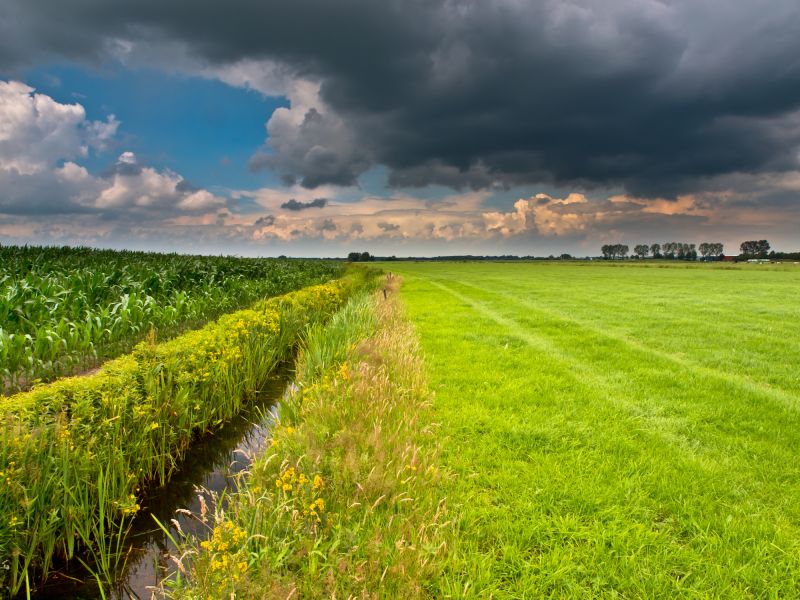
A frequent mistake in Landscape Drainages and how to dodge it.
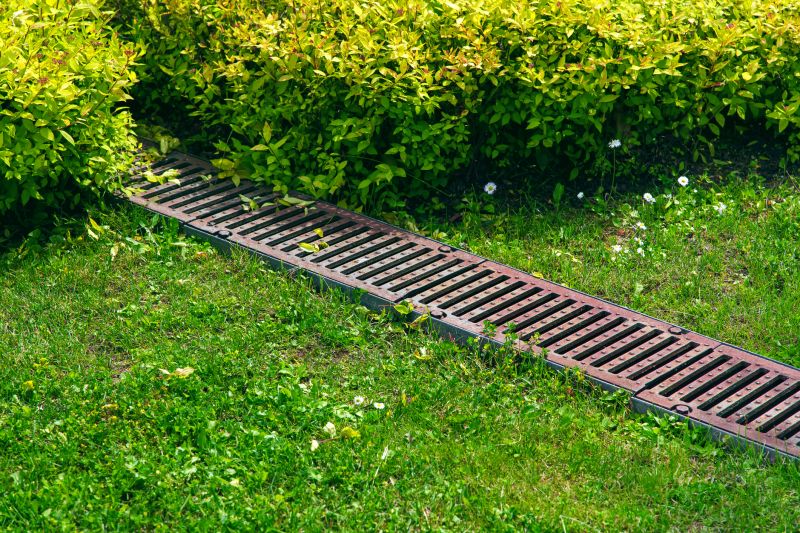
Small tweaks to make Landscape Drainages safer and easier to use.

Lower-waste or water-saving choices for Landscape Drainages.
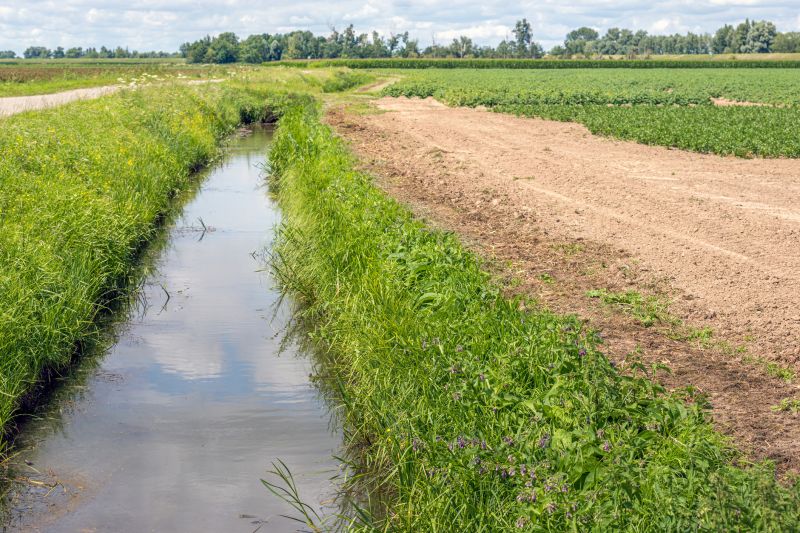
The short, realistic tool list for quality Landscape Drainages.
Timely installation of landscape drainages can prevent costly damage caused by water accumulation. Proper planning and execution during suitable weather conditions contribute to system durability and effectiveness. Consulting with drainage professionals can help determine the optimal timing based on specific site conditions and regional climate patterns.
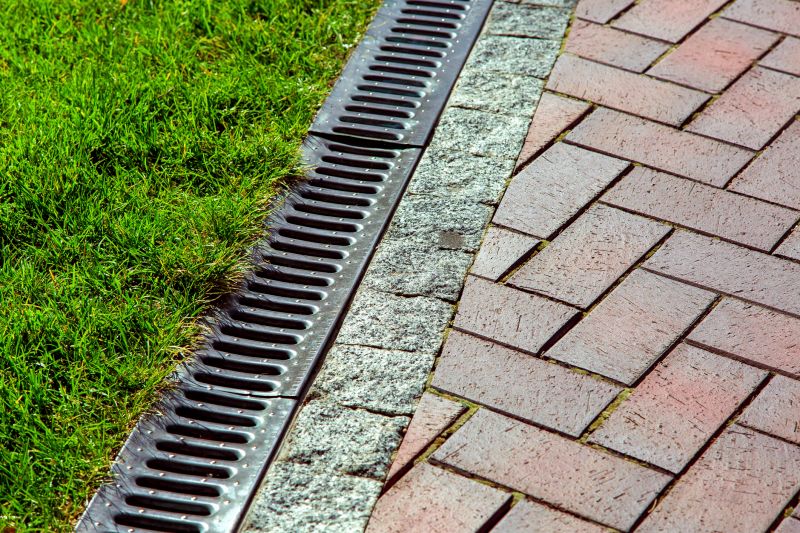
Effective planning considers seasonal weather patterns.
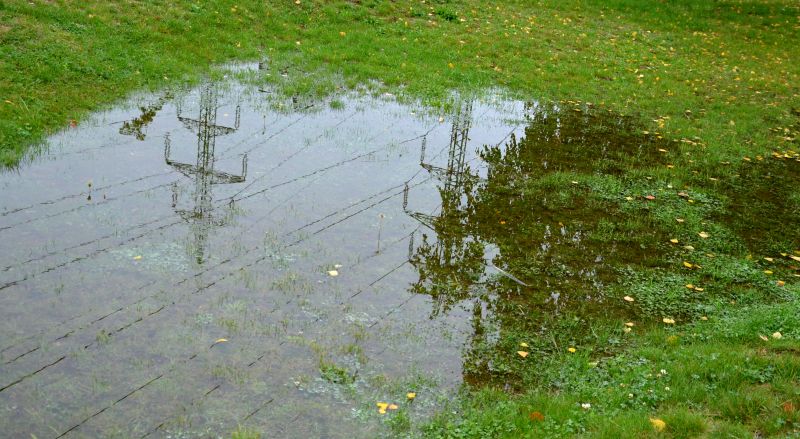
Monitoring soil moisture ensures proper installation timing.
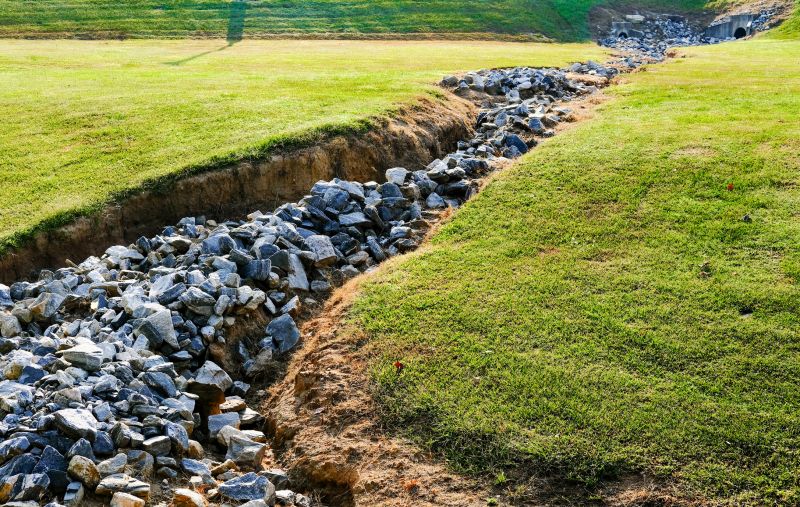
Proper drainage reduces soil erosion risks.
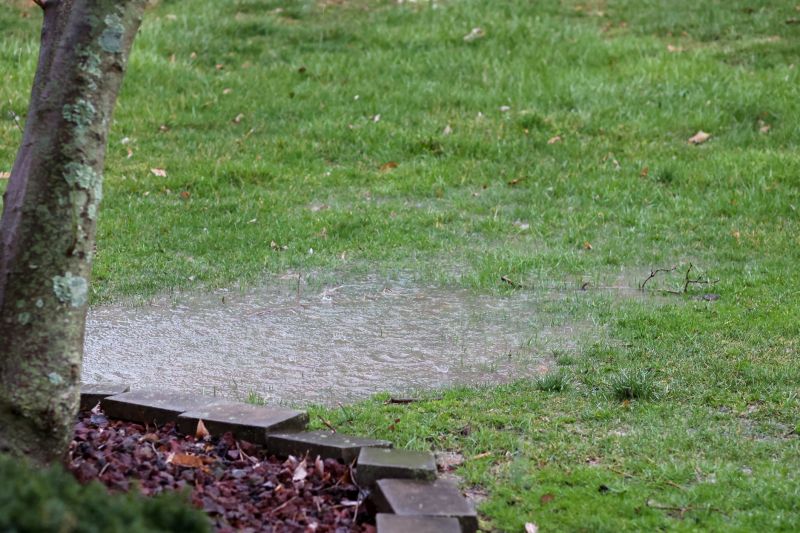
Proper timing optimizes water flow control.

Rough timing from prep to clean-up for Landscape Drainages.
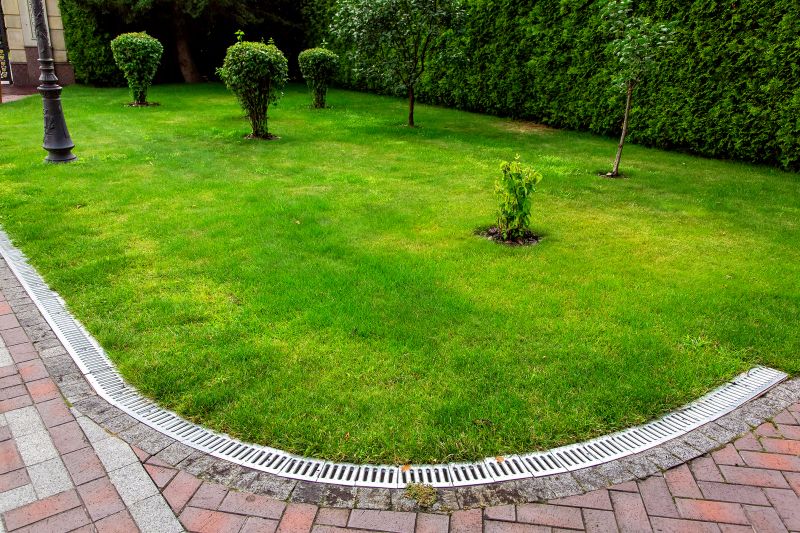
Quick checks and paperwork to keep after Landscape Drainages.

Examples that show the impact a good Landscape Drainages can make.

Ways to make Landscape Drainages work in tight or awkward layouts.
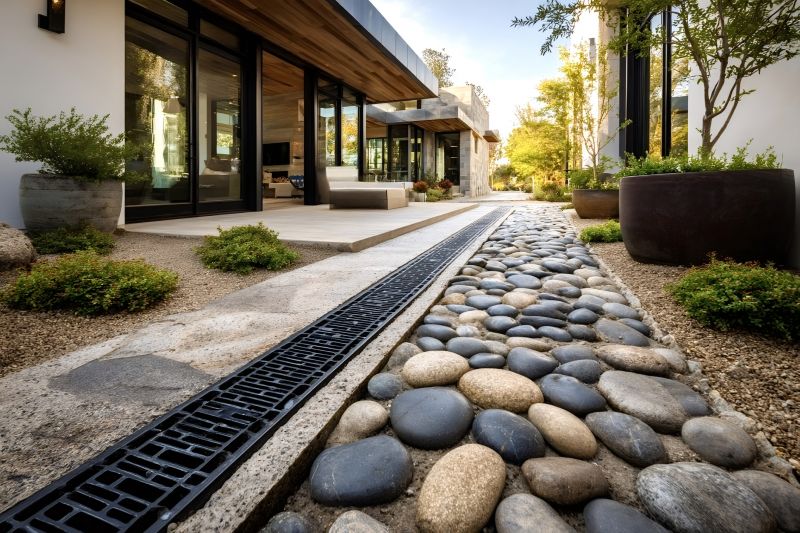
Ways to make Landscape Drainages work in tight or awkward layouts.
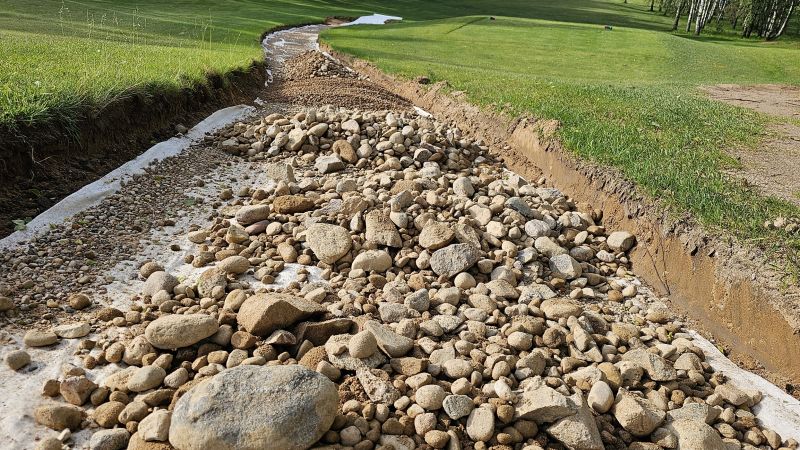
Ways to make Landscape Drainages work in tight or awkward layouts.

Ways to make Landscape Drainages work in tight or awkward layouts.

Ways to make Landscape Drainages work in tight or awkward layouts.
Interested in installing or upgrading landscape drainages? Filling out the contact form can provide more information and assistance tailored to specific site needs and regional conditions.



